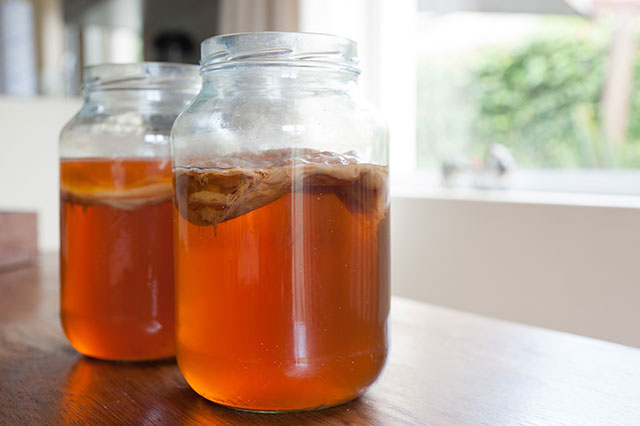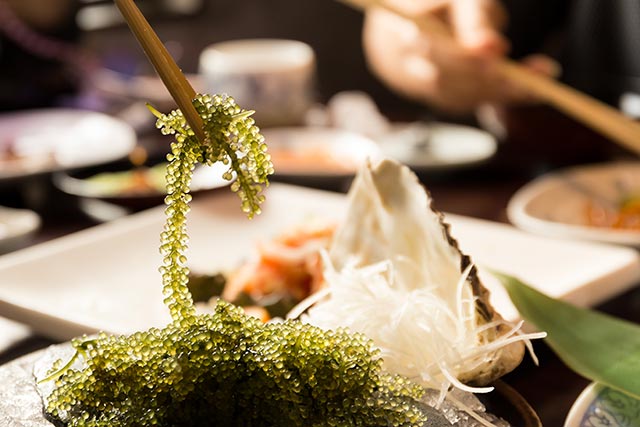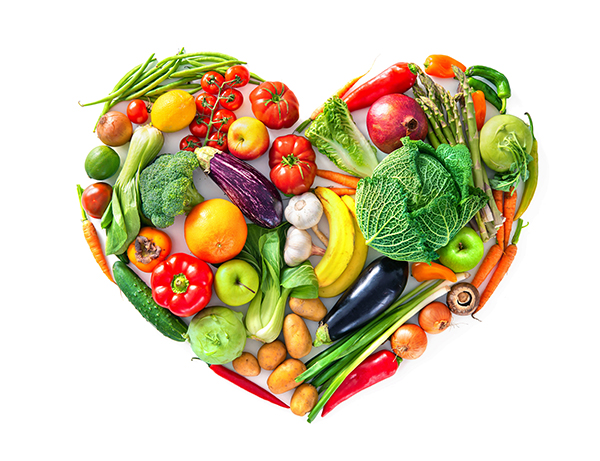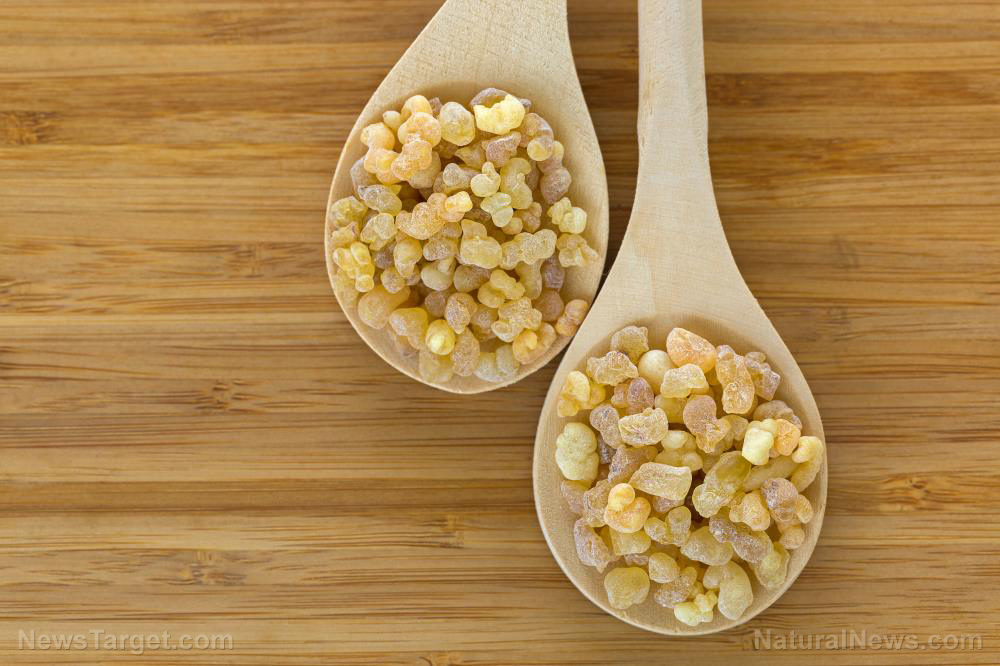 Parler
Parler Gab
Gab
- Down-regulation of interleukin-6 (IL-6): IL-6 is classified as a cytokine (a potent biomolecule released by the immune system) and modulates both immunity and inflammation. It's over expression has been linked to the progression from inflammation to cancer. Curcumin inhibits IL-6 release, which in turn prevents CSC stimulation.
- Down-regulation of interleukin-8 (IL-8): IL-8, another cytokine, is released after tumor cell death, subsequently stimulating CSCs to regrow the tumor and resist chemotherapy. Curcumin both inhibits IL-8 production directly and indirectly.
- Down-regulation of interleukin-1 (IL-1): IL-1, a family of cytokines, are involved in response to injury and infection, with IL-1 β playing a key role in cancer cell growth and the stimulation of CSCs. Curcumin inhibits IL-1 both directly and indirectly.
- Decrease CXCR1 and CXCR2 binding: CXCR1 and CXCR2 are proteins expressed on cells, including CSCs, which respond to the aforementioned cytokines in a deleterious manner. Curcumin has been found to not only block cytokine release, but their binding to these two cellular targets.
- Modulation of the Wnt signaling pathway: The Wnt signaling pathway regulates a wide range of processes during embryonic development, but are also dsyregulated in cancer. Curcumin has been found to have a corrective action on Wnt signaling.
- Modulation of the Notch Pathway: The Notch signaling pathway, also involved in embryogenesis, plays a key role in regulating cell differentiation, proliferation and programmed cell death (apoptosis), as well as the functioning of normal stem cells. Aberrant Notch signaling has been implicated in a wide range of cancers. Curcumin has been found to suppress tumor cells along the Notch pathway.
- Modulation of the Hedgehog Pathways: Another pathway involved in embryogenesis, the Hedgehog pathway also regulates normal stem cell activity. Abnormal functioning of this pathway is implicated in a wide range of cancers and in the stimulation of CSCs and associated increases in tumor recurrence after conventional treatment. Curcumin has been found to inhibit the Hedgehog pathway through a number of different mechanisms.
- Modulation of the FAK/AKT/FOXo3A Pathway: This pathway plays a key role in regulating normal stem cells, with aberrant signaling stimulating CSCs, resulting once again in tumor recurrence and resistance to chemotherapy. Curcumin has been found
- in multiple studies to destroy CSCs through inhibiting this pathway.
Curcumin and Normal Stem Cells
Normal stem cells (NSCs) are essential for health because they are responsible for differentiating into normal cells that are needed to replace damaged or sick ones. If curcumin were to kill normal cells, like radiation and chemotherapy, it would not provide a compelling alternative to these treatments. The study addressed this point:"The safety of curcumin has been long established, as it has been used for centuries as a dietary spice. The question arises as to why curcumin does not seem to have the same deleterious effects on normal stem cells (NSCs) as it does on CSCs. There are several possible reasons that curcumin has toxic effects on CSCs, while sparing NSCs."The study offered three potential explanations for curcumin's differential or selective cytotoxicity:
- Malignant cells take in much more curcumin than normal cells.
- Curcumin alters the microenvironment of cells in such a way that is adverse to CSCs and beneficial to NSCs.
- Curcumin may not only directly attack CSCs, but may encourage them to differentiate into non-lethal, more benign cells.
Concluding Remarks
This study adds growing support to the idea that safe, time-tested, natural substances are superior to synthetic ones. Given the evidence that a safe and effective alternative may already exist, chemotherapy, radiation and even surgery may no longer be justified as the first-line standard of care for cancer treatment. In fact, a significant body of evidence now implicates these treatments in worsening prognosis, and in some cases driving cancer stem cell enrichment in tumors. Radiotherapy, for instance, has been found to induce cancer stem cell like properties in breast cancer cells, essentially increasing their malignancy and tumoriogenicity by 30 fold. This is hardly progress when one considers the role that CSCs play, especially in contributing to post-treatment secondary cancers. Turmeric and its components, of course, are not FDA approved drugs, and by definition the FDA will not allow an unapproved substance, natural or synthetic, to prevent, treat, diagnosis or cure a disease. This means that you will not be seeing it offered by an oncologist as an alternative to chemotherapy or radiation any time soon. This does not, however, mean that it does not work. We have gathered over 1500 citations from the National Library of Medicine's bibliographic database MEDLINE, accessible through pubmed.gov, and which can be viewed on our database here: Turmeric Research, showing that curcumin and related turmeric components possess significant anti-cancer activity. Truth be told, the information is so extensive, revealing over 700 possible health benefits, that I believe this plant embodies a form of intelligence and even compassion. You can learn more about this supposition here: Turmeric's Healing Power: A Physical Manifestation of Compassion? I also discuss this concept in my lecture, Food As Medicine Rebooted, which you can watch below: Of course, the point is not to wait until one has such a severe health problem that taking heroic doses of spices or herbs becomes the focus. It is important to remember that ancient cultures used spices like turmeric mainly in culinary doses, as part of their dietary practices. These smaller amounts, delivered mainly as whole food extracts, likely constituted effective preventive strategies – perhaps preventing the need for radical, heroic intervention later in life. If you read our previous article, Turmeric: A Wellness Promoting Tonic at Low Doses, Research Reveals, you'll see this point explored in greater depth in light of a human clinical study. For more research on turmeric and cancer, you can view our two database sections on these topics below: To learn more about the profound healing properties of turmeric consider watch the Turmeric presentation put together by K.P. Khalsa and Sayer Ji, and which is free along with a video and e-book library of learning to members, starting with as little as 25 cents a day. Become a member or learn more here. Article originally published: 2015-03-22 Article updated: 2023-04-24 Read more at: GreenMedInfo.com18 Healthy reasons to sip kombucha
By News Editors // Share
The real benefits of lemon water according to science
By News Editors // Share
Study: Compounds in seaweeds show promise in cancer research
By Olivia Cook // Share
7 Ways to prevent and even reverse heart disease with nutrition
By News Editors // Share
Ginseng’s secret weapon: Battling cancer with ancient wisdom
By Olivia Cook // Share
Frankincense superior to chemotherapy in killing late-stage ovarian cancer cells
By News Editors // Share
Governments continue to obscure COVID-19 vaccine data amid rising concerns over excess deaths
By patricklewis // Share
Tech giant Microsoft backs EXTINCTION with its support of carbon capture programs
By ramontomeydw // Share
Germany to resume arms exports to Israel despite repeated ceasefire violations
By isabelle // Share
.png)










